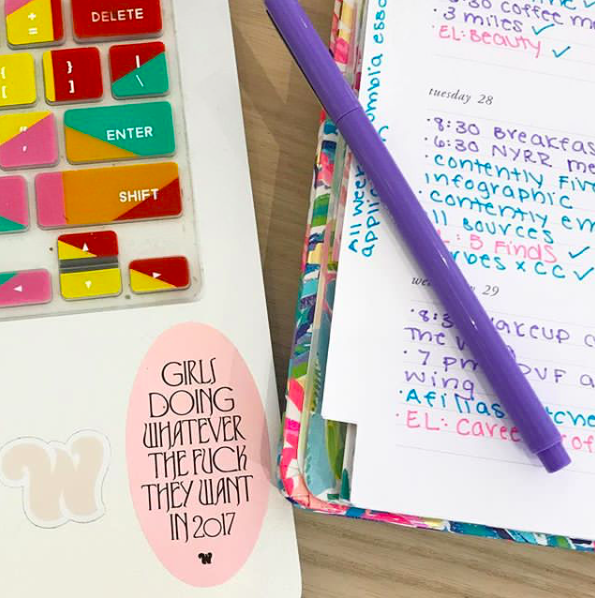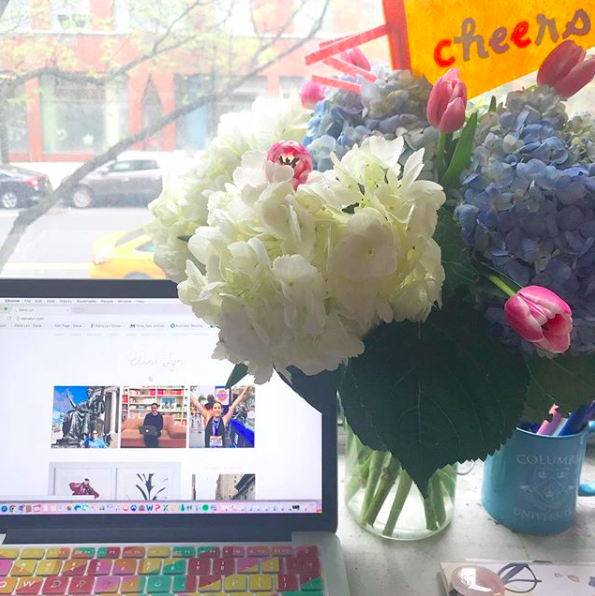I decided to become a full-time freelance writer a little more than a year ago. I was nervous even though I had built up my freelance writing career while working in marketing full-time and I also had contracts with a handful of publications. When I had several clients and was making almost as much as my full-time job from only working late nights and weekends, I realized I was running a business. It’s a different business model than the women I interviewed for my career profile series, but it is a business, not a hobby. Once I had that mindset shift, I started taking it more seriously, tracking my income meticulously, and pitching more frequently. Here are some of my tips for starting a freelance writing business.
Start small:
I started by writing for smaller publications to find my voice. The publications I chose had syndication partnerships with bigger publications like Mashable, FastCompany, and Time so some of my articles were published on those sites. I simply wanted to gain experience and write about topics I cared about — but it was a confidence boost to have my pieces selected by editors at larger publications.
Get organized:
I have been tracking my income and expenses with QuickBooks for two years. QuickBooks makes it easy to find tax deductions and keep my finances organized by capturing receipts of business expenses, automatically tracking mileage, and categorizing my business expenses. (You can also link it to your business bank account to make it even easier!) I have the app on my phone so I can check it and add information on the go. Some publications do direct deposits or have invoice forms but, when they don’t I use the QuickBooks Self-Employed invoice tool to send and track invoices.

Write a blog:
I was able to transition from law to marketing and journalism because of blogging. I enjoy having a spot to publish anything I want without having to get a pitch approved. I share everything from interviews with women I admire to new beauty product finds to career advice. I think it’s important for everyone to have a personal brand and Elana Lyn is mine. I also use it for my portfolio.

Keep pitching:
You need to constantly pitch and sell new article ideas. I spend 15 minutes every morning writing down as many ideas as possible. Always make sure the story topic and the voice and tone of your pitch matches the publication. Read past issues and articles to make sure they haven’t already covered your idea. You also have to learn not to let rejection mess with your confidence or keep you from sending the pitch. There are a thousand reasons a pitch might not be accepted, for example, the publication not having the budget or that someone is already working on a similar piece. It doesn’t mean it’s not a good idea or something to pitch to other outlets or publish on your blog.

Stick to the Ven Diagram:
When I was on the Her Campus panel last year, one of the panelists said that there is a ven diagram for being a successful freelancer. It is: be nice, meet your deadlines, and do a great job. It’s that simple and I’ve found that it’s true! Your editors will love you and they’ll send you assignments and be more likely to accept your pitches.
Know your worth:
Once you’ve written four or more well-written articles for a publication, ask to become a regular contributor. I think this is the key to succeeding as a freelance writer, at least until you start getting very high-paying assignments. It’s scary to ask because you don’t want to be rejected, but the worst that can happen is they say “no” but pitch one-off assignments. The best case is that they say “yes” and you have a guaranteed base income each month.
































